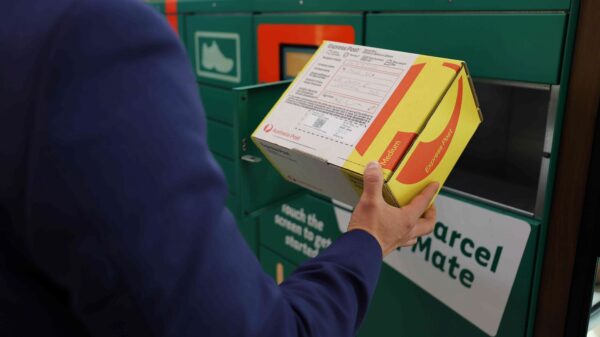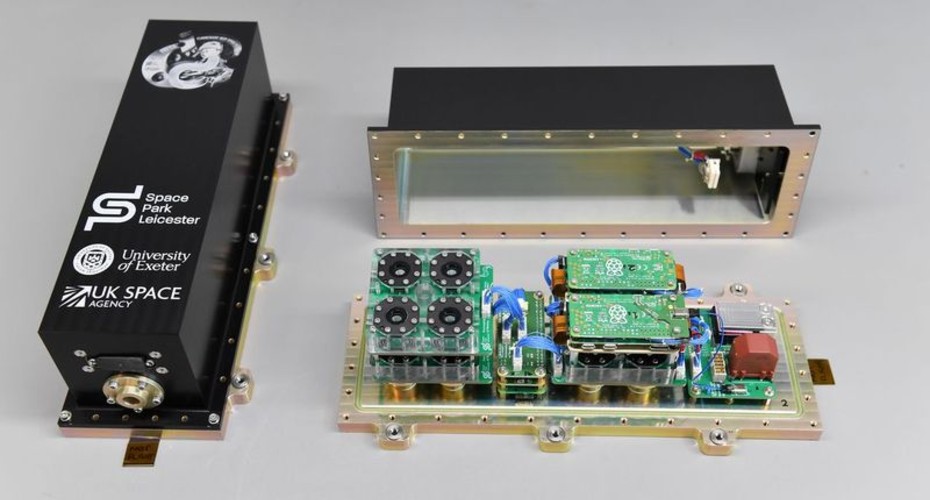A collaborative effort between the University of Exeter and the University of Leicester is set to launch a groundbreaking experiment involving nematode worms to the International Space Station (ISS) in April 2026. This mission aims to explore the biological effects of spaceflight, providing essential insights into how humans can safely travel in space.
The initiative revolves around a specially designed space laboratory known as the Fluorescent Deep Space Petri-Pod (FDSPP). Developed by a team at Space Park Leicester, the Petri Pod is a miniature laboratory inspired by the classic petri dish, which has been a staple in biological research since its invention in 1887. This innovative device allows for the remote study of biological organisms under space conditions, a crucial step as humanity aims to explore and potentially colonize the Moon and other planets.
Understanding the impact of microgravity on human health is critical. Extended exposure to the space environment can result in various physiological challenges, including bone and muscle loss, fluid shifts, and vision problems. Additionally, radiation poses risks such as genetic damage and increased cancer risk. The FDSPP mission is designed to investigate these effects on living organisms, paving the way for safe human space travel.
The Petri Pod measures approximately 10x10x30 cm and weighs around 3 kg, housing 12 individual Petri Pods for experimentation. Each pod maintains a controlled air volume and temperature suitable for the survival of its inhabitants. The first passengers for this mission will be C-Elegans Nematode Worms, which possess natural fluorescent markers that will be monitored throughout the experiment.
The flight hardware has already been delivered to the United States, where it has successfully completed acceptance testing. The worms will initially reside inside the ISS before being deployed outside on an experimental platform. During a planned exposure period of at least 15 weeks, the Petri Pod will face the vacuum and radiation of space, enabling researchers to gather vital data.
In addition to the worms, the experiment will include various biological test subjects and materials in the non-imaged Petri Pods. Researchers will monitor the health of these organisms through photographic stills and time-lapse video captured using miniature cameras. The data collected will encompass temperature, pressure, and radiation levels, providing a comprehensive overview of the biological experiments conducted in space.
Funding for this mission comes from the UK Space Agency, with commercial support provided by Voyager Technologies in Houston, USA. Professor Mark Sims, who serves as the project manager for the FDSPP at the University of Leicester, expressed optimism about the mission’s potential impact. He stated, “The Fluorescent Deep Space Petri-Pod has been engineered using the electronic, engineering, software, and science expertise of the Space Park Leicester team, based around the 65-year heritage of space experiments at Leicester.”
The successful execution of this mission could position the UK as a leader in life sciences research, particularly in the context of future low Earth orbit, lunar, and Mars missions planned by both governmental space agencies and private companies worldwide. As humanity continues to push the boundaries of space exploration, understanding the biological effects of this environment remains a top priority.



























































